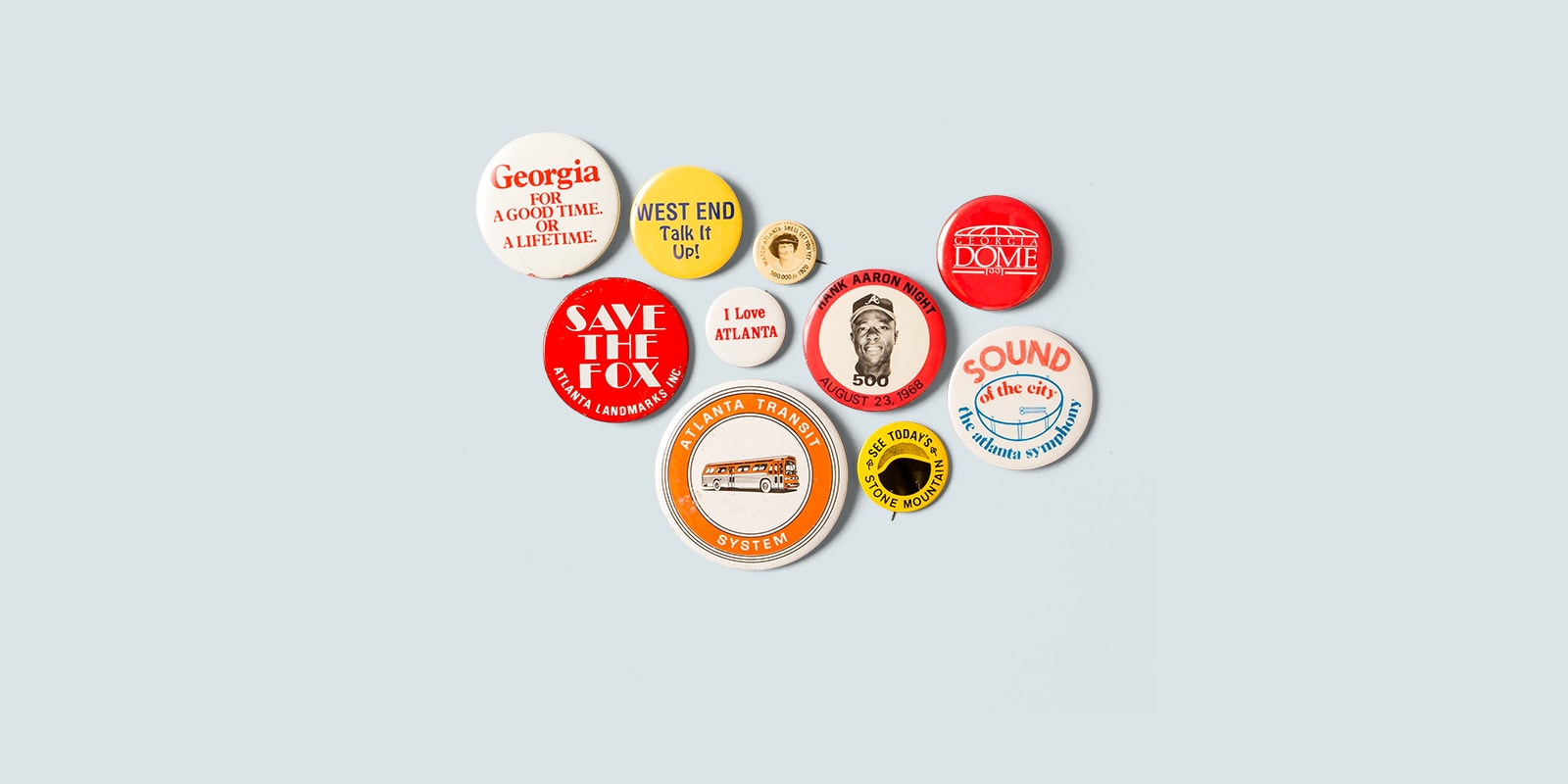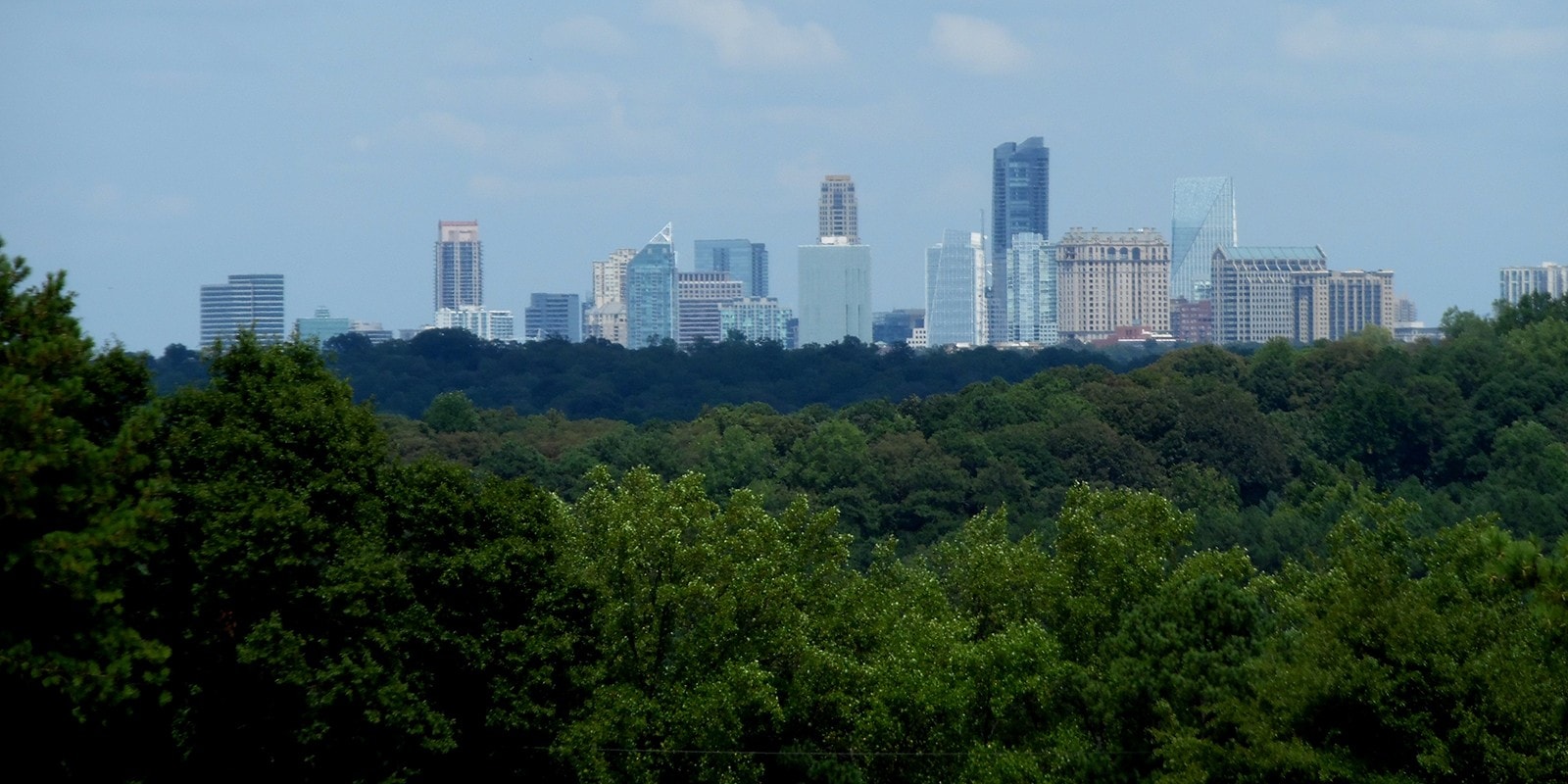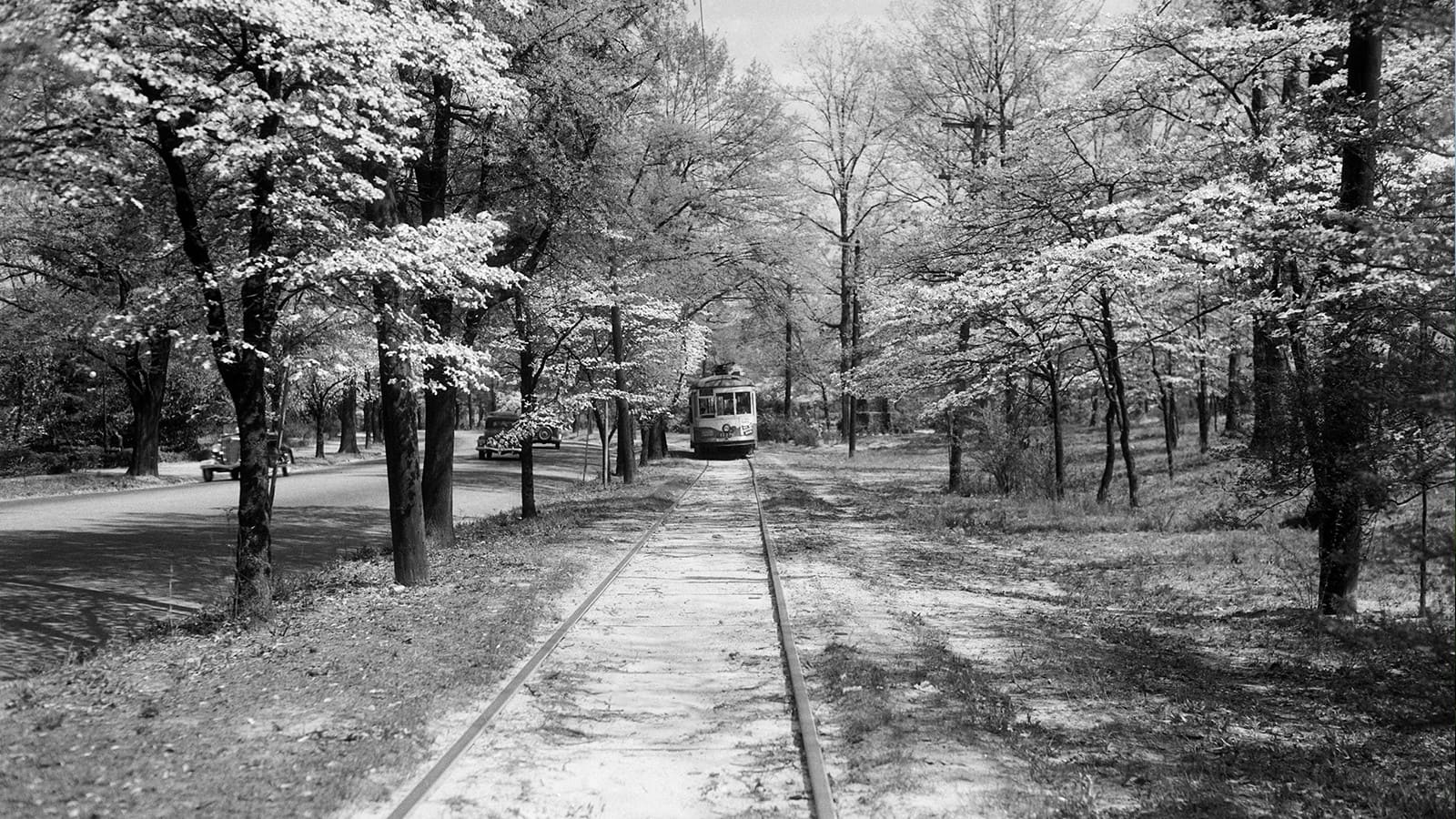Atlanta in 50 Objects
A pink pig and a renegade cow. A movie prop and a Coke bottle. A Pulitzer Prize–winning book and a Nobel Prize–winning icon.
How do you tell the story of Atlanta in 50 objects? We decided the best experts were Atlantans themselves—residents who cheer the Braves and rue I–285 rush-hour traffic, who understand how Civil War losses and Civil Rights victories together helped forge the city’s unique identity. Atlanta History Center asked the public to submit what objects they think best represent their town. The parameters were broad: an object could also be a person, a place, an institution, or an idea. After receiving hundreds of submissions, History Center staff assembled a collection of fifty pieces that represent the themes identified by the public. In addition to items from our own collections, we have partnered with many local institutions and individuals to gather artifacts from around the city to tell this community–driven story.


Trees
The National Park Service recognizes Atlanta as the most heavily forested urban area in the nation.
Whether hurrying on downtown sidewalks, strolling through neighborhoods, visiting area parks, or viewing the city from above, visitors and residents alike recognize trees as a verdant characteristic defining the city.
The City Arborist is charged with protecting the city’s tree canopy on private property within the city limits. Recognizing the economic, environmental, and social value of the city’s trees, Atlanta first created a tree protection ordinance in 1977 requiring that trees be preserved where possible. The City Arborist also maintains an inventory of over 8,000 trees along public rights-of-way and within parks, containing information about the species, size, and condition of each tree.
By 2018, Trees Atlanta, a nonprofit organization founded in 1985 to improve the city’s tree canopy, planted more than 126,000 trees across metro Atlanta.
Header Image: Buckhead, Atlanta from Casey’s Hill, 2015. Kenan Research Center at Atlanta History Center, Kenneth G. Rogers Photographs

Dogwood trees in bloom, Ponce de Leon Avenue, ca. 1940. Kenan Research Center at Atlanta History Center